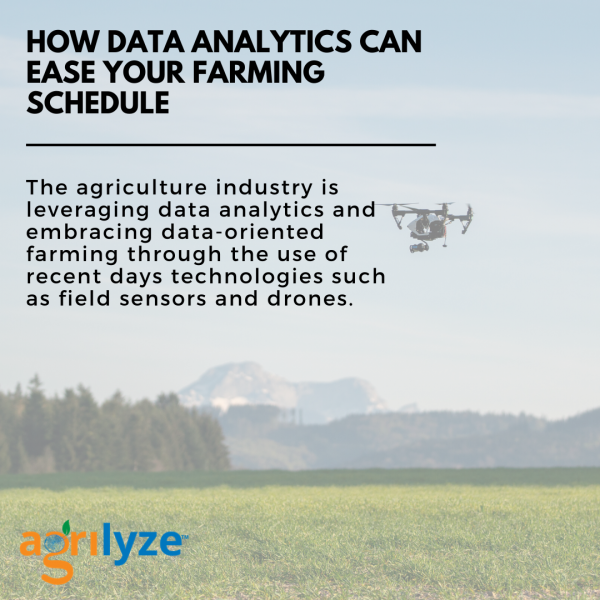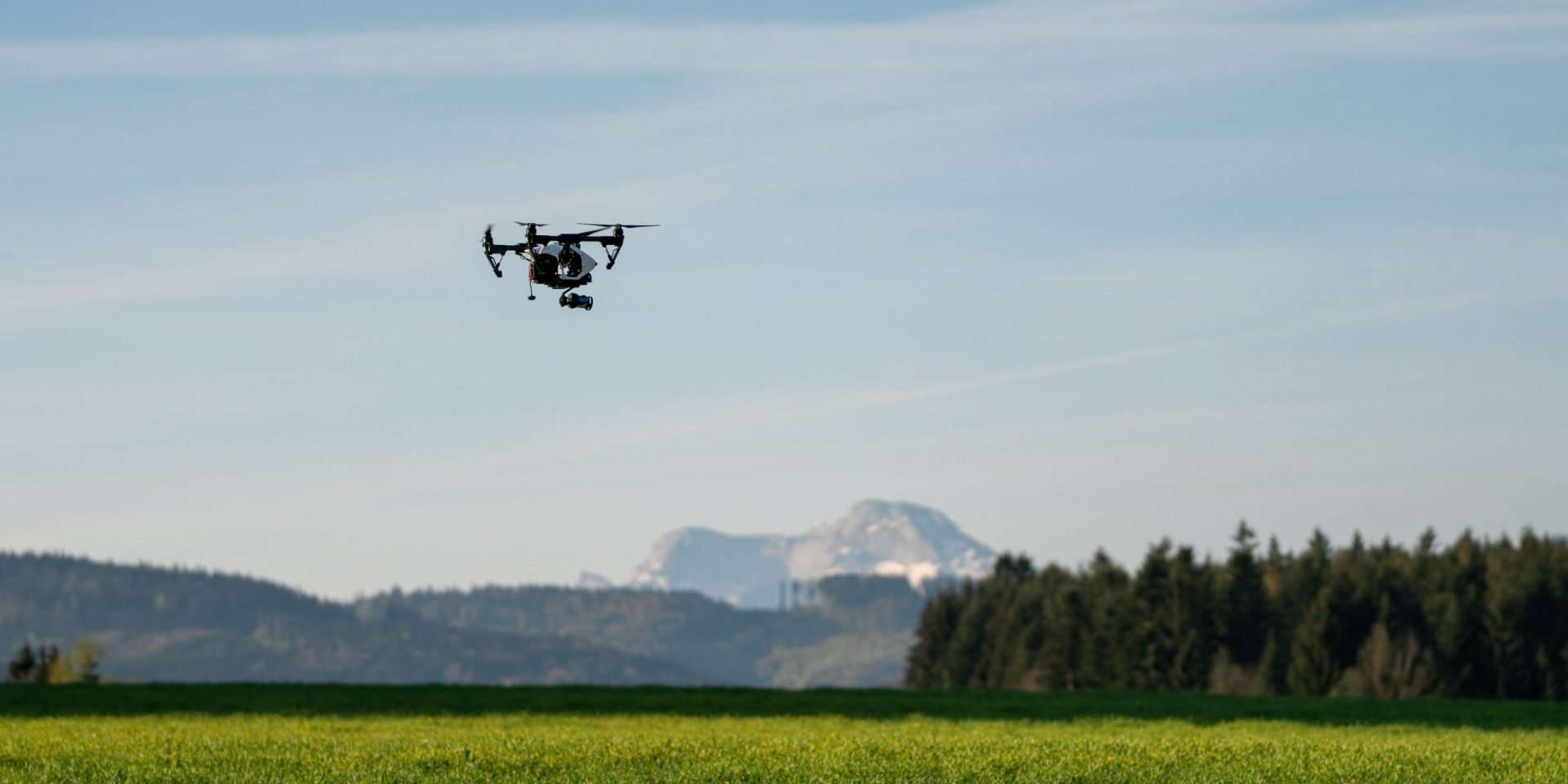How Can Data Analytics Ease Your Farming Schedule?
The agriculture industry is leveraging data analytics and embracing data-oriented farming that uses progressive technologies like autonomous field sensors and drones. These technologies which are run by smart algorithms, help farming communities around the globe by providing resourceful solutions for farming operations. Moreover, this precise information is helping agribusiness make advanced decisions, which can result in multiple advantages previously not possible in conventional farming.
Today’s farmer is innovative, highly skilled, data-driven and diverse (Stackhouse et al. 2019) and farm operators are eagerly realizing the potential of data analytics and having the ability to enhance field decisions. This impacts overall crop yields by managing and supporting farming techniques related to sowing, irrigation, crop care, regulation & adaptation. Overall, our ecological footprint can be impacted as others in the industry adopt smart farming techniques, leading to profound changes that will affect countries all over the world.
Predicting and Enhancing Crop yields
Data collected from fields gives deeper insight into crop germination, vegetation and growth standards using biomass index to make predictions. This works alongside a series of precise steps aimed to trigger growth and enhance crop productivity. These yield predictions allow farmers to decide on a future planting strategy. This strategy includes what and where to plant based on ideal, local climatic conditions.
Furthermore, autonomous field sensors and drones are used to collect relevant information, transforming it into a useable plan developed through careful analysis. In this way, farmers have access to hyper-connected, data-driven guidelines and may estimate their crop yields 2-3 months in advance.
Manage Diseases and Pests
Up to 35% of crops are impacted by disease and pests, which can lead to crop failure in the worst-case scenario. Studies have shown that the use of agricultural pesticides and herbicides is also a great concern as humans and our environment suffer from longer residual effects. Agriculture field imagery makes it possible to identify trace amounts of disease and pests, while suggesting optimal pesticide application in reduced quantities, so that only the diseased parts of the plants are targeted by drone-based aerial application of a pesticide. This technology benefits farmers in 2 ways – pesticide costs are considerably reduced and we can reduce harm to humans and our environment.
Adapting Crops to Climate Change
Climate change is rapidly affecting the agriculture sector and posing a great threat to native crops once they’ve become adapted to the climate. Data analysis has become a necessary prerequisite for adjusting to climate change trends. Findings are based on previous data, along with forecasted climate patterns which can help to optimize crop production cycles and crop rotations for suitability within variant conditions like temperature rise, precipitation, snowfall, and other relevant weather extremes. Analytics also provide insight into whether cropping season is extending or falling short for its maturity and this assists with planning postharvest practices.
Crop Stress and Irrigation Regulations
Using collected data, we foresee crop stress at different conditions. This has become possible through the use of ground sensors which send data to a remote station for analysis, thus also contributing to irrigation decisions. The watering system is automated, so that a desired level of moisture can be reached, then shutdown once complete. With smart machines and a focus on strategy and systems, extensive labor can be reduced. Furthermore, water volumes are carefully monitored saving time, money and ultimately a precious resource – our focus is an effective watering approach for optimal growth and conservation.
Crops Imagery and Plant Count
UAVs (unmanned aerial vehicles) can help optimize agriculture operations, increase crop production, and monitor crop growth. Sensors and digital imaging capabilities give farmers a richer, real-time picture of their fields. Thus, these views can assist in assessing crop growth and production. Specifically, UAVs can draw a clear map of the landscape, hardscape, water resources, tree and plant count and herd/livestock numbers in just one flight. Data can then be used to apply important changes and gain more efficient crop insights to more accurately plan and manage operations and costs.
Predicting Crop Deficiencies and Possible Applications
An advantage of predictive data technology comes with identifying the deficiencies of essential nutrients like fertilizers, micronutrients and crop supplements. This is managed by establishing a suggested dose necessary to grow crops at an optimum level. This data allows for the discovery of an application method best suited to overcome the identified deficiency. In the case of a micronutrient deficiency, data may advise that aerial nutrients be sprayed using drones to minimize the effects of deficiency more quickly.



